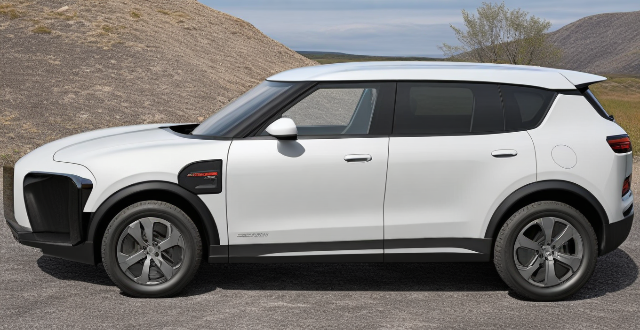The range of a parallel hybrid electric vehicle (PHEV) depends on several factors, including battery size, driving habits, road conditions, and fuel economy. Larger batteries provide longer ranges, while smaller batteries offer shorter ranges. Driving habits also play a significant role in determining the range of a PHEV. Road conditions can affect the efficiency of both the internal combustion engine and electric motor, leading to lower overall range. The combined range of a PHEV typically falls within the range of 300-600 miles, depending on the model and driving conditions.

Introduction
A Parallel Hybrid Electric Vehicle (PHEV) is a type of hybrid electric vehicle that combines an internal combustion engine (ICE) and an electric motor (EM) to power the wheels. The ICE and EM can work independently or together, depending on the driving conditions. One of the key features of a PHEV is its ability to run solely on electricity for short distances, which reduces emissions and fuel consumption. In this article, we will discuss the range of a PHEV.
Range of a Parallel Hybrid Electric Vehicle (PHEV)
The range of a PHEV refers to the distance it can travel on a single charge or tank of fuel. The range varies depending on several factors, including battery size, driving habits, and road conditions. Here are some key points to consider when discussing the range of a PHEV:
Battery Size
The battery size is one of the most important factors affecting the range of a PHEV. Generally, larger batteries provide longer ranges, while smaller batteries offer shorter ranges. Most PHEVs have a battery capacity ranging from 8 kWh to 15 kWh, which translates to an all-electric range of approximately 20-50 miles. However, some high-end models may have larger batteries with capacities up to 20 kWh or more, offering an all-electric range of up to 90 miles or more.
Driving Habits
Driving habits also play a significant role in determining the range of a PHEV. For example, if you frequently drive short distances and have access to charging stations at home or work, you may be able to rely solely on electricity for most of your daily commute. On the other hand, if you regularly drive long distances or need to use the ICE for acceleration or climbing hills, your all-electric range may be limited.
Road Conditions
Road conditions can also affect the range of a PHEV. For instance, driving on hilly terrain or in stop-and-go traffic can reduce the efficiency of both the ICE and EM, leading to lower overall range. Similarly, extreme temperatures can impact battery performance, reducing the available range during cold or hot weather conditions.
Fuel Economy
Finally, it's worth noting that even when the all-electric range has been exhausted, a PHEV can still operate as a conventional hybrid vehicle using both the ICE and EM. This means that the total range of a PHEV includes both the all-electric range and the additional miles that can be traveled using gasoline. The combined range of a PHEV typically falls within the range of 300-600 miles, depending on the model and driving conditions.
In summary, the range of a parallel hybrid electric vehicle (PHEV) depends on several factors, including battery size, driving habits, road conditions, and fuel economy. By understanding these factors and adjusting your driving habits accordingly, you can maximize the benefits of owning a PHEV and enjoy reduced emissions and fuel costs.